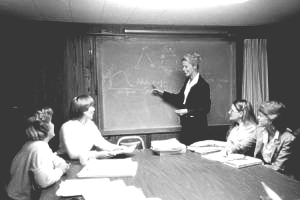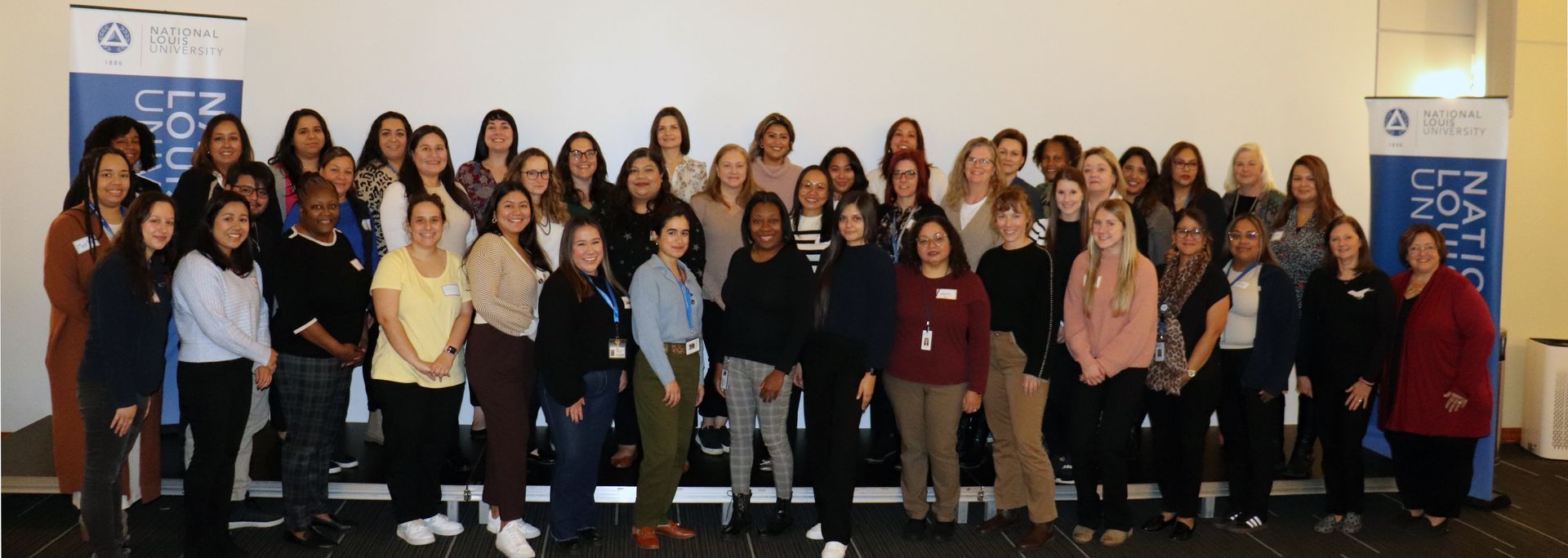This document may be printed, photocopied, and disseminated freely with attribution. All content is the property of the McCormick Center for Early Childhood Leadership.
As an early childhood program administrator, I saw myself as both a travel agent and conductor in assisting my staff in their professional development journeys. I enjoyed assisting staff in mapping out their plans to achieve their professional development goals. I found that I became a good conductor throughout the years because I truly found joy in encouraging beginnings and celebrating arrivals. I took pride in my role of supporting and helping staff navigate their learning goals, which were defined in their individualized professional development plans.
DECIDING ON A DESTINATION
Setting a goal for oneself can be extremely difficult for a number of reasons. Every staff member has a history and some may not have any experience with goal setting. Others may not have had positive experiences when it comes to setting and achieving goals, and here is an opportunity to assist with changing that. The key is to find out where staff are and where they may want to go. Like a good travel agent, you need to ask questions, take detailed notes, listen, and support the direction your staff choose.
Administrators will find that some staff may have clear ideas about where they want to go, while others will have no idea what they want nor any motivation to set any goals. Sometimes you may need to take a step back; today may not be the time to tackle the subject of joining a professional cohort or returning to college. Try suggesting something on a smaller scale like a one- or two-hour training of the staff member’s choosing. Once you help to create a goal (destination), you can then ignite the passion to pursue it through positive guidance.
MAKING A TRAVEL PLAN
Once a destination (professional development goal) is in mind, it is time to map out how to get there. Plan your stops (smaller goals) along the way. Achieving these smaller goals can help staff members feel like their end goals or destinations are attainable. Be sure to have a backup plan just in case there are detours along the way. Certain steps may not be achievable at the scheduled times. Just as unexpected disruptions or timetable changes can cause delays in travel plans, staff members might also experience situations that have them considering different routes or extending timelines to reach their goals.
GETTING ON BOARD
A good conductor can find resources to assist travelers on their journeys. Staff will come to you looking for assistance, so you will want to have resources available. Consider creating a professional development resource binder. Gather all available information and search for related learning opportunities in your community, online, etc. Make certain to also add financial resources to the binder. This way you can have scholarship and financial aid information at your fingertips when needed. Be sure to review and update that binder! Set a time every month to ensure that the resources are up-to-date. Whether you share an abundance of information or just a few websites and contact information, staff will appreciate that you took the time to gather the resources for them.
CHECKING LOCATION
There is nothing like the feeling of getting close to your destination. You can help staff by checking in, cheering them on, and sharing encouraging words, which may be just what they need to keep moving toward their goals. Acknowledge their efforts and share words of affirmation, which do not cost you a penny, but may be priceless to the ones receiving them.
In turn, consider sharing your professional development goals (your destination) with the staff. Provide opportunities for them to conduct check-ins with you as well. Update your team on your journey while modeling that excelling in any profession requires continuous training.
ARRIVING AT THE DESTINATION
Upon arrival at one’s destination, there is a feeling of accomplishment, satisfaction, and a sense of relief that one has made it. Whether it’s a completed module, training, college course, or credential, every person’s achievement matters. Celebrate them all! Mention the achievements in a newsletter, at an all-staff meeting, or in an announcement. Acknowledge every mile (step) staff members have taken to reach their destinations. Not only will it boost their self-confidence, it may encourage others to start their own professional development journeys. Your guidance, encouragement, and support may be just what is needed to make a new travel plan! There are many destinations to choose from on a professional development journey and they all start with one step.
“A little step may be the beginning of a great journey.”
— unknown
RESOURCES
Lighthouse. (2022, July 20). Goals: How managers can help their teams reach their goals. Lighthouse. Retrieved August 12, 2022, from https://getlighthouse.com/blog/how-team-achieve-goals/#tactics
ExceleRate Illinois. (2017, March 20).
Professional development plan. ExceleRate. Retrieved August 12, 2022, from https://www.excelerateillinoisproviders.com/docman/resources/25-professional-development-plan/file
Iris Corral, M.Ed., is Leadership Training Specialist for the McCormick Center for Early Childhood Leadership at National Louis University. In this role, Iris assists with trainings for the Taking the Lead, Ready to Lead, and Taking Charge of Change leadership academies. Iris holds an associate degree in social service from Harold Washington College, a baccalaureate degree in integrative studies from Governors State University, and a master’s degree in early childhood administration from National Louis University. She has also earned her Illinois Director Credential-Level III and an ECE Credential-Level V. In addition to her role at the McCormick Center, Iris also serves as adjunct faculty at Morton College, where she teaches early childhood education courses. Prior to joining our team, Iris spent eight years working as a preschool director in a Preschool for All (PFA) program. Iris also worked for eleven years as a teacher assistant and a parent support/health coordinator.






